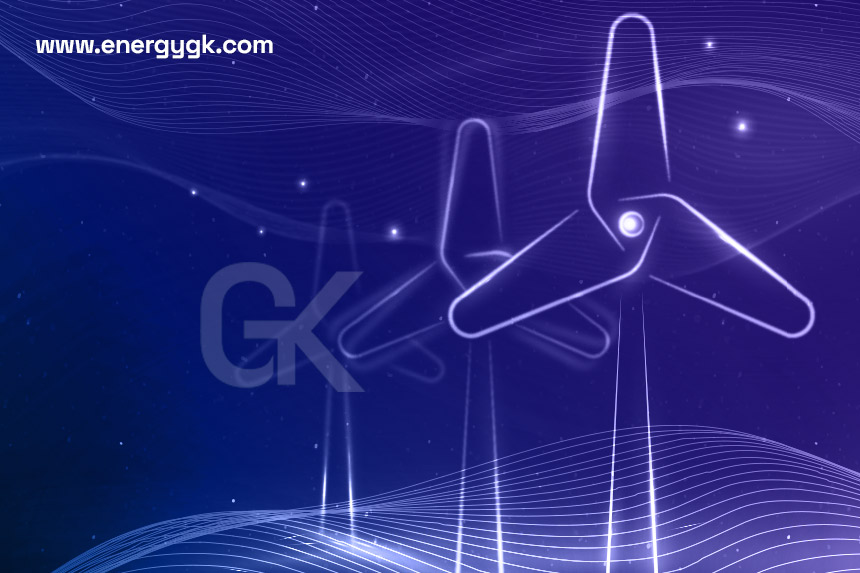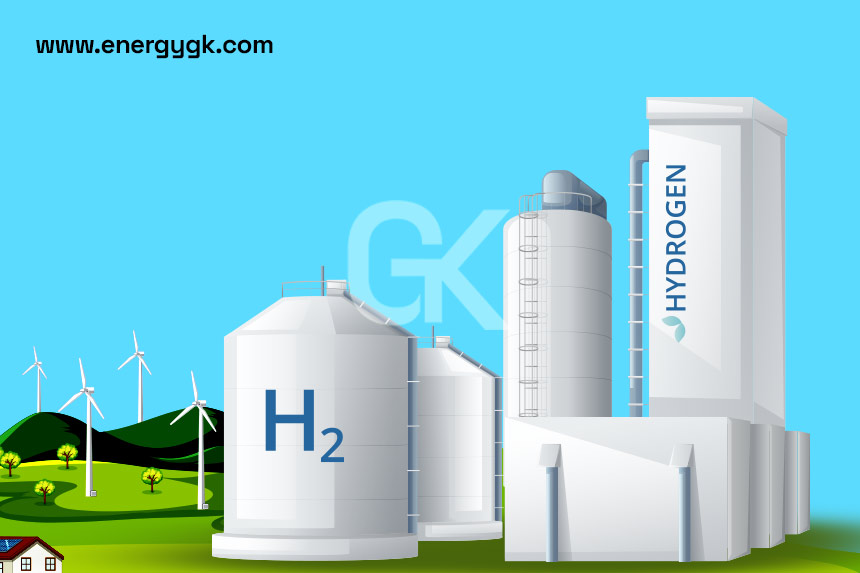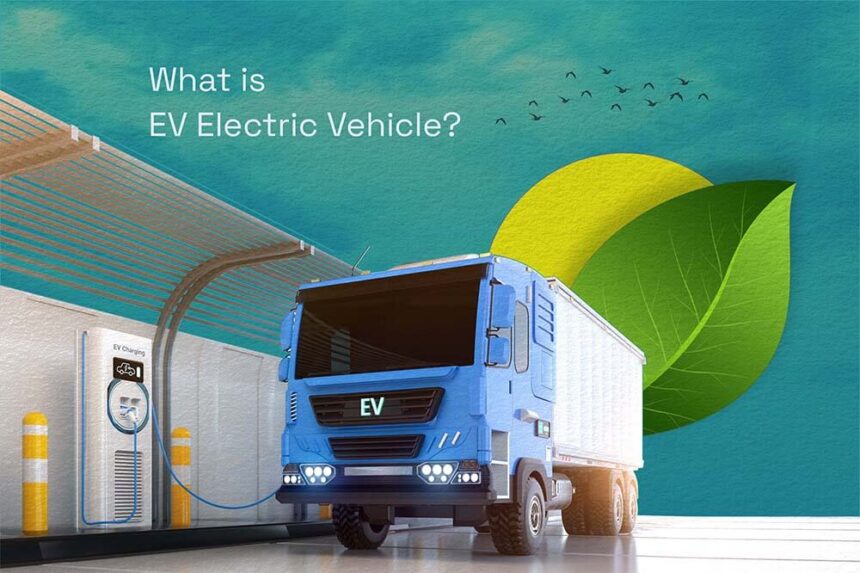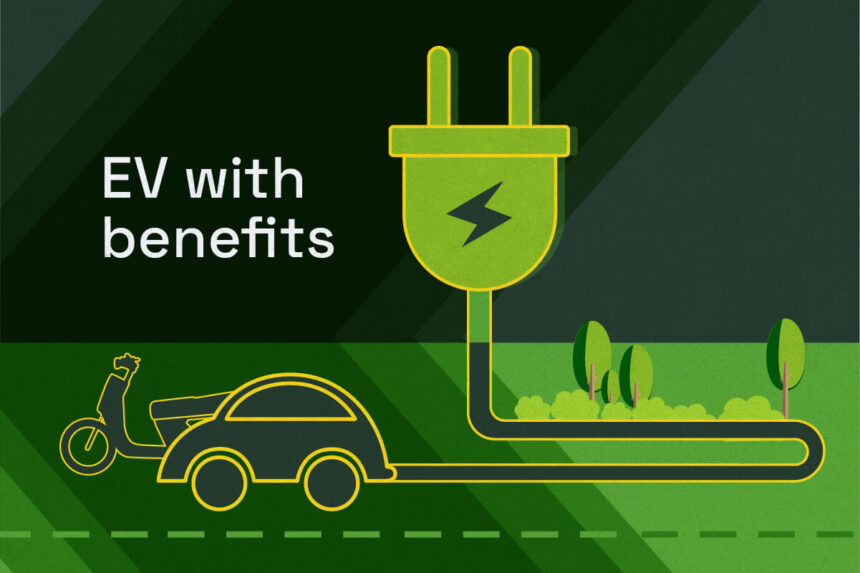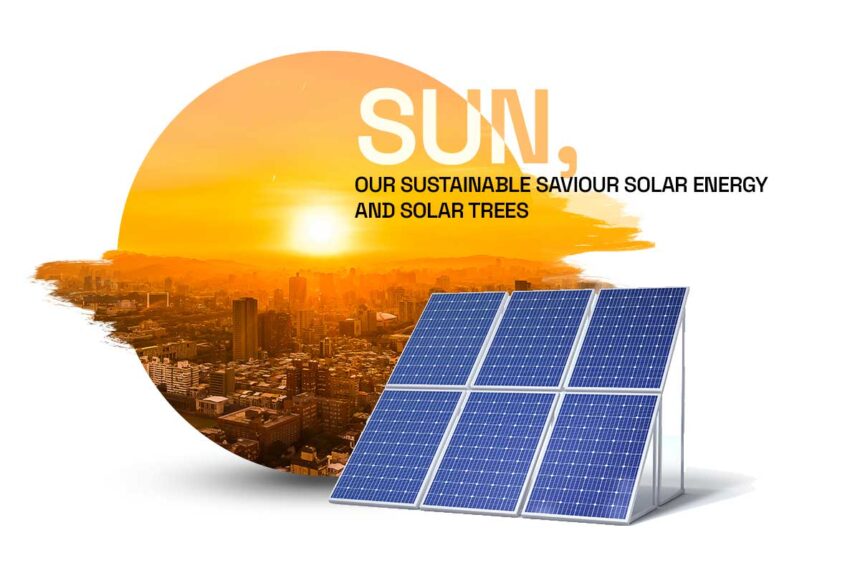The global energy landscape is rapidly evolving, and renewable energy sources are taking center stage in the quest for a sustainable future. Among these sources, wind energy stands tall as a viable and clean alternative to traditional forms of power generation. In this article, we will delve into the world of wind energy, exploring its basics, advantages, challenges, project development, implementation, and the future it holds.
Introduction
Renewable energy has gained significant attention due to its potential to reduce carbon emissions and mitigate the impact of climate change. Wind energy, in particular, has emerged as a promising solution, harnessing the power of the wind to generate electricity. With its abundance and wide availability, wind energy has the potential to transform the way we generate power on a global scale.
1. The Basics of Wind Energy
1.1 Understanding Wind Power
Wind power is the conversion of wind energy into a useful form, typically electricity. It relies on wind turbines, which capture the kinetic energy present in the wind and convert it into rotational motion. This rotational motion is then transformed into electrical energy through the use of generators.
1.2 Harnessing Wind Energy
Wind turbines consist of several key components, including rotor blades, a nacelle, and a tower. The rotor blades capture the energy from the wind, while the nacelle houses the machinery responsible for power generation. The tower provides the necessary height to maximize wind capture. Together, these components work in harmony to harness wind energy and convert it into a usable form.
2. Advantages of Wind Energy
Wind energy offers numerous advantages over conventional forms of energy generation. Firstly, it is a clean and renewable resource, producing no greenhouse gas emissions or air pollutants during operation. Additionally, wind power is a domestic energy source that reduces dependence on imported fuels. It also creates jobs, stimulates local economies, and provides a reliable and cost-effective source of electricity.
3. Challenges in Wind Energy
While wind energy holds great promise, it is not without its challenges. Technical considerations, such as turbine reliability and grid integration, need to be addressed to ensure consistent power generation. Environmental factors, including noise pollution and bird interactions, must also be carefully managed. Furthermore, economic factors such as initial investment costs and regulatory frameworks impact the feasibility of wind energy projects.
3.1 Technical Challenges
Turbine design and engineering play a crucial role in maximizing the efficiency and reliability of wind energy systems. Ensuring the proper functioning of turbines, minimizing maintenance requirements, and optimizing power output are ongoing technical challenges in the field of wind energy.
3.2 Environmental Considerations
Wind energy projects must navigate environmental considerations to ensure minimal impact on local ecosystems and wildlife. Measures to mitigate noise pollution, protect bird populations, and minimize visual impact are essential for sustainable wind energy development.
3.3 Economic Factors
The economic viability of wind energy projects depends on several factors. Initial investment costs, including turbine procurement, site preparation, and infrastructure development, can pose financial challenges. However, the long-term operational cost savings and potential revenue from selling excess electricity back to the grid can offset these initial expenses.
4. Wind Energy Project Development
Successful wind energy project development involves several key stages.
4.1 Site Selection
Choosing the right location is crucial for optimizing wind energy production. Factors such as wind resource availability, land availability, proximity to existing power infrastructure, and community acceptance need to be considered during the site selection process.
4.2 Wind Resource Assessment
Before moving forward with a wind energy project, a thorough assessment of the wind resource is conducted. This assessment involves collecting wind speed and direction data over an extended period to determine the feasibility and potential power output of the project.
4.3 Project Planning and Design
Once a suitable site has been identified, project planning and design commence. This stage involves obtaining necessary permits and approvals, conducting environmental impact assessments, designing the layout of turbines, and developing a comprehensive project plan that outlines the timeline, budget, and implementation strategy.
5. Implementation and Operation
Once the project has been planned and designed, the implementation phase begins.
5.1 Construction Phase
During the construction phase, the wind turbines, access roads, electrical infrastructure, and other necessary components are installed. This stage requires coordination between various stakeholders, including construction teams, equipment suppliers, and local authorities.
5.2 Grid Integration and Operation
Once the construction is complete, the wind energy project is connected to the power grid. Grid integration ensures the smooth transmission of electricity generated by the wind turbines to consumers. Regular monitoring, maintenance, and repairs are essential to ensure the long-term operation and optimal performance of the wind energy project.
6. Future of Wind Energy
The future of wind energy looks promising. Technological advancements, such as larger and more efficient turbines, energy storage solutions, and advanced grid management systems, continue to enhance the performance and reliability of wind energy projects. The integration of wind energy with other renewable sources and the exploration of offshore wind farms further expand the potential for clean and sustainable power generation.
Conclusion
Wind energy has emerged as a significant player in the global energy transition. Its ability to harness the power of the wind and generate clean electricity makes it a crucial component of a sustainable energy mix. By understanding the basics of wind energy, recognizing its advantages, addressing its challenges, and effectively developing and implementing wind energy projects, we can unleash its full potential and contribute to a greener future.
FAQs
1. How much electricity can a single wind turbine generate? A single wind turbine can generate electricity ranging from a few hundred kilowatts to several megawatts, depending on its size and wind conditions.
2. Are wind turbines noisy? Modern wind turbines are designed to minimize noise emissions. However, some sound can be generated during operation, similar to a light breeze or a distant traffic noise.
3. Can wind energy be used for residential purposes? Yes, small-scale wind turbines are available for residential use. They can supplement or replace traditional electricity sources in certain locations.
4. Do wind energy projects require a large amount of land? While wind turbines themselves occupy a relatively small footprint, wind energy projects do require larger areas of land for optimal wind resource availability and proper spacing between turbines. However, wind farms can coexist with other land uses, such as agriculture or grazing.
5. Are there any risks associated with bird interactions? Wind energy projects undergo thorough environmental assessments to minimize risks to bird populations. Proper siting, monitoring, and mitigation measures are implemented to reduce bird interactions and ensure the protection of local wildlife.
6. How long is the typical lifespan of a wind turbine? The typical lifespan of a wind turbine is around 20 to 25 years. However, with proper maintenance and regular inspections, turbines can continue to operate beyond their initial lifespan.
7. Can wind energy completely replace fossil fuels? While wind energy has the potential to make significant contributions to our energy needs, a complete replacement of fossil fuels would require a combination of various renewable sources, energy storage solutions, and improvements in grid infrastructure.
8. Are there any financial incentives for investing in wind energy? Many countries offer financial incentives and government support for wind energy projects. These can include tax credits, feed-in tariffs, grants, and favorable financing options to encourage investment in renewable energy.
9. Is wind energy suitable for all geographical locations? While wind energy can be harnessed in many locations, the suitability of a specific area depends on its wind resource. Wind speed, consistency, and other factors are considered during the site selection process to ensure optimal energy production.
10. How does wind energy contribute to reducing greenhouse gas emissions? Wind energy is a clean source of electricity that produces zero greenhouse gas emissions during operation. By replacing fossil fuel-based power generation, wind energy helps reduce carbon dioxide and other harmful emissions, mitigating climate change.
As the world embraces the potential of wind energy, advancements in technology, project development, and supportive policies will continue to drive its growth. By leveraging the power of the wind, we can unleash a sustainable and cleaner energy future for generations to come.


